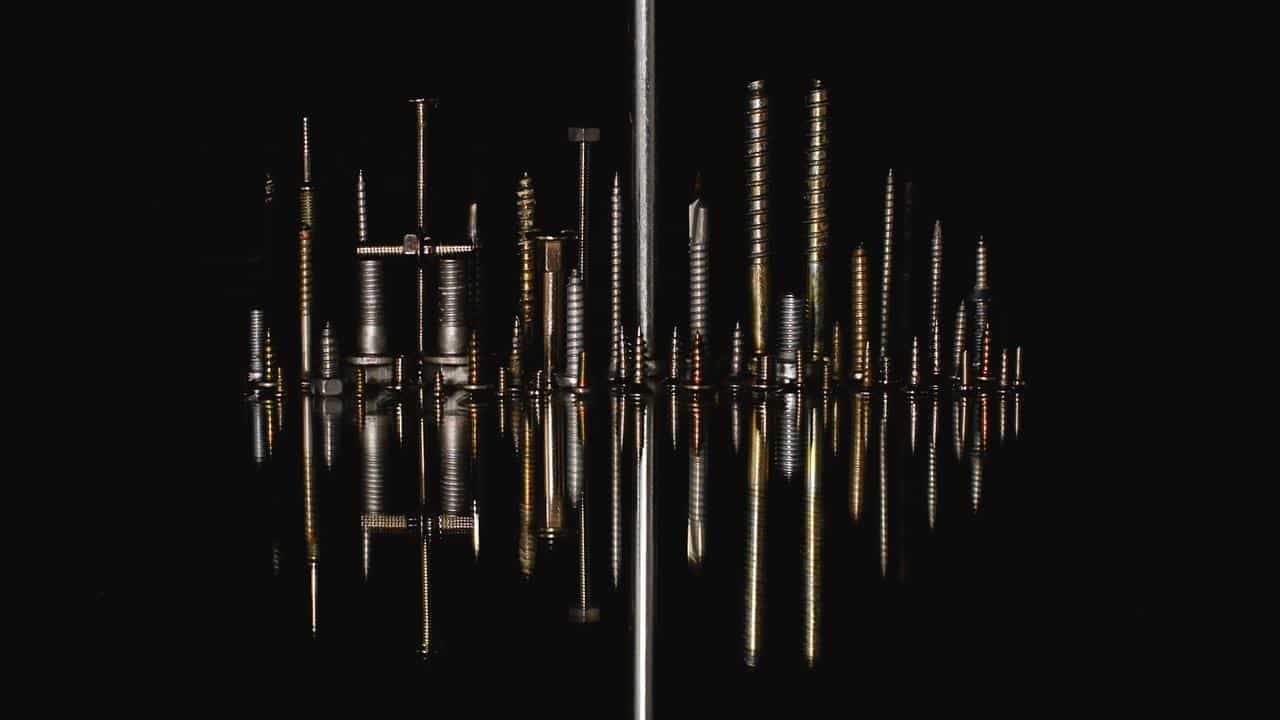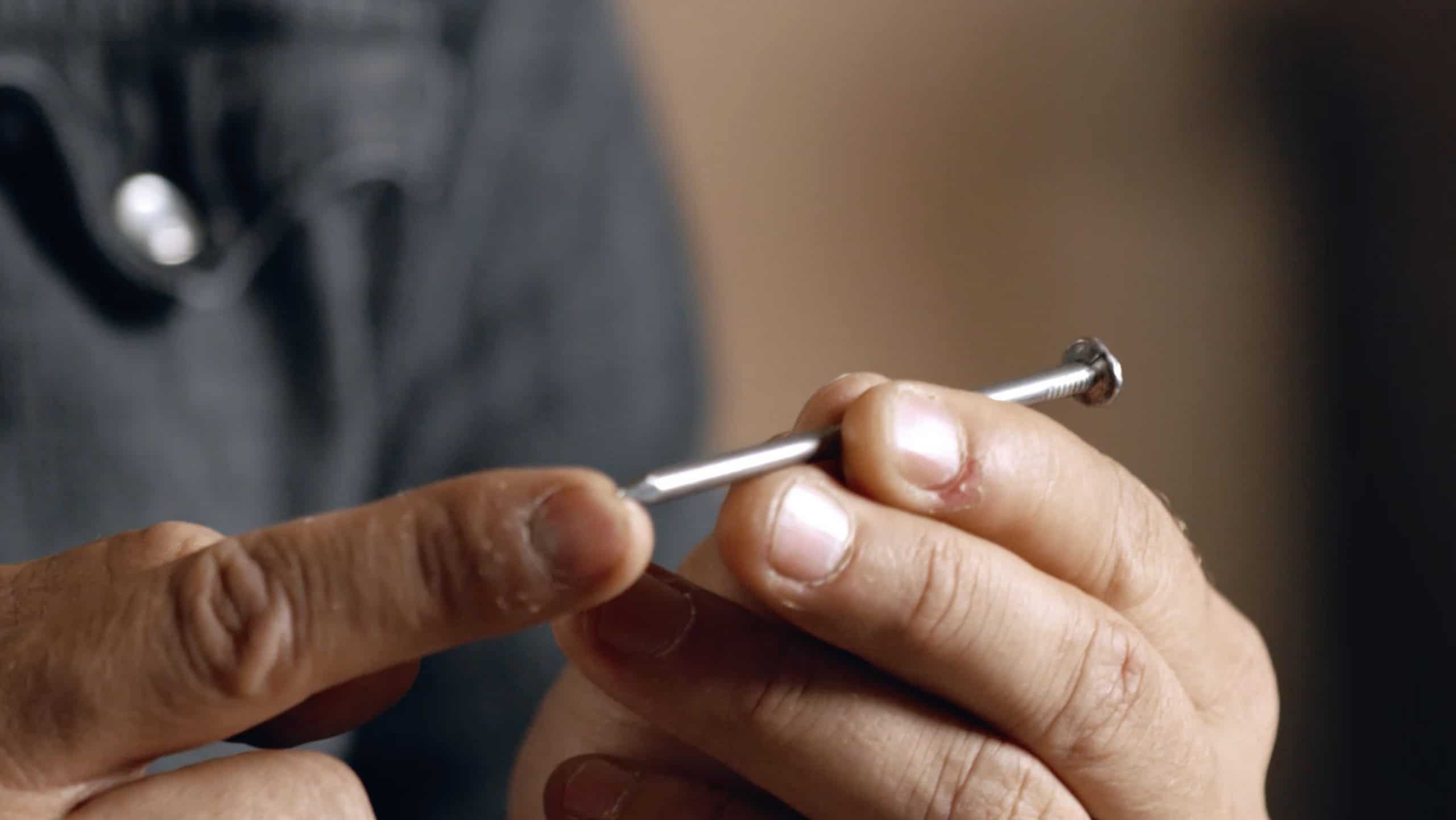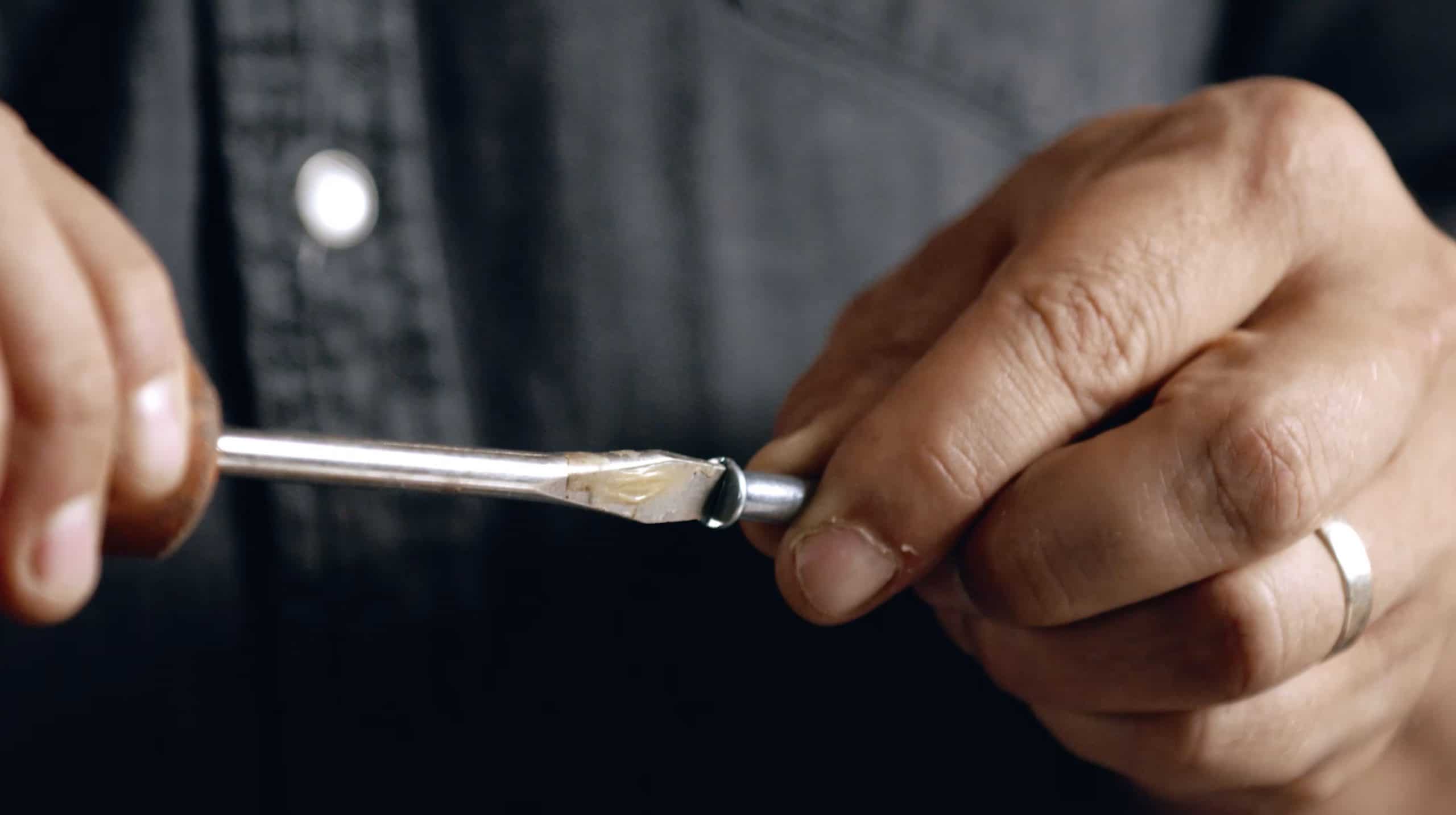What Kind Of Metal Are Construction Nails Made Oput Of
Types of Fasteners: Nails, Screws, Bolts, Anchors, Rivets
Nov 09, 2020

Fasteners may be modest, but they literally keep buildings continuing as they agree its different elements together. While some of the world's oldest surviving structures—similar the Pyramids in Arab republic of egypt—rely only on gravity to keep their walls together, most buildings depend upon fasteners. Professional builder and craftsman Jordan Smith explains:
"From the very beginning, we've had two main joining techniques. One is mechanical fastening, that is stuff similar nails, lashes, annihilation that mechanically binds the textile together. And we accept adhesives—that is a chemical connection."
Until the 19th century, every private nail or other fastener was forged past hand, making them an expensive commodity. Pioneers would oftentimes burn down their quondam houses and so sort through the ashes in search of nails that could be reused. Today, mass production has non only brought the cost of metal fasteners downwardly, but likewise created a greater diversity of sizes and shapes that are widely available.
Types of Fasteners
While every metal fastener serves the same purpose—to join two pieces of textile—different fasteners are suited to different tasks. Here are the v most common types of fasteners that every contractor should know.
Why don't structures fall down or come autonomously? Learn all about the stuff that holds building materials together in the MT Copeland online Fasteners and Adhesives course. Taught by professional architect Hashemite kingdom of jordan Smith, the course covers topics ranging from nails and screws to glues and epoxies.
Nails

The virtually familiar fastener, the nail, has been used for millennia—they have been found at aboriginal Egyptian sites dating from as far back as iii,400 BCE. The bones design of a nail hasn't inverse much over all that time, with a smooth shank and a larger caput, though nails today are typically made with steel (often stainless steel).
Nails have their own classification system, ranging from 2d to 60D. The "d" stands for denarius, a Roman penny—a reference to how much they once cost. On most construction sites, however, you are every bit likely to hear them referred to simply by their length. A 16d or 16-penny nail, for example, is 3.5 inches long.
In addition to the mutual boom, there are other types of nails designed for specific purposes. Some have thinner shafts, others accept less visible heads.
Screws

The screw'southward history is non quite every bit long as that of the nail, merely it nonetheless dates back to the ancient Greeks and Romans, who used threaded screw-like pieces in olive and grape presses. Those threads forth the shanks are what separate screws from nails.
In many cases, nails and screws can be used interchangeably. The decision whether to use a smash or a spiral depends in part, notwithstanding, on the stresses that the elements volition exist exposed to. Nails have greater shear strength and threaded fasteners take greater tensile strength.
While nails are cheaper, easier, and faster to employ on large projects like the framing of a house; screws are oft the meliorate option for projects where the heads won't be visible.
Like nails, screws come in a number of variations. Wood screws come in varieties intended for both hardwoods and softwood and others are designed to be used with drywall, masonry, MDF, and other materials.
Nuts and Bolts—and Washers, too
At offset glance a bolt may look like a screw—information technology has a head and a threaded shank. Look more closely and the first difference becomes apparent: a bolt does not taper to a signal, unlike screws. Functionally, the principal deviation between the two fasteners is that a screw is non anchored in material and instead information technology is paired with a nut—a typically hexagonal ballast, or hex nut, with matching threads. (A wing nut is a particular type of nut with two "wings" off of the nut, designed for uses where simple manual pressure level without any tools is sufficient to secure the nut in identify.)
As a general rule, nuts and bolts are used in larger projects where a college load chapters is required; screws are more mutual in smaller ones. The material volition also determine whether you will use a screw or commodities—if you are joining concrete elements, for case, a bolt and nut is usually the better pick as the hardness of concrete makes it difficult to apply screws.
Washers are the third element of the nut-and-commodities configuration. These thin disks with holes in their centers are used at either the nut terminate or bolt finish to distribute the load across a greater area, minimizing impairment acquired by the stress from installing a bolt and nut.
Anchors
Anchor bolts or anchor fasteners connect objects to a concrete surface, like a house foundation . These are frequently cast in identify, with part of the bolt exposed and then that the object can be fastened to information technology, typically with a nut and washer. Other anchor bolts are drilled into set concrete, so held in identify with an agglutinative.
Rivets
These fasteners connect two pieces of metallic—they are short metallic pieces with heads on both ends, belongings metal elements together. Rivets are essential for building bridges and large metal structures, and pop rivets are used to connect two pieces of metal when you have access to only one side. These are essential in the construction of planes and metallic ships.You are unlikely to use rivets or sheet metal screws (some other option for connecting metal sheets) in the construction of most houses or buildings.
MT Copeland offers video-based online classes that give you a foundation in construction fundamentals with real-world applications. Classes include professionally produced videos taught past practicing craftspeople, and supplementary downloads like quizzes, blueprints, and other materials to help y'all principal the skills.
Source: https://mtcopeland.com/blog/types-of-fasteners-nails-screws-bolts-anchors-rivets/
Posted by: blaisdifid1943.blogspot.com

0 Response to "What Kind Of Metal Are Construction Nails Made Oput Of"
Post a Comment